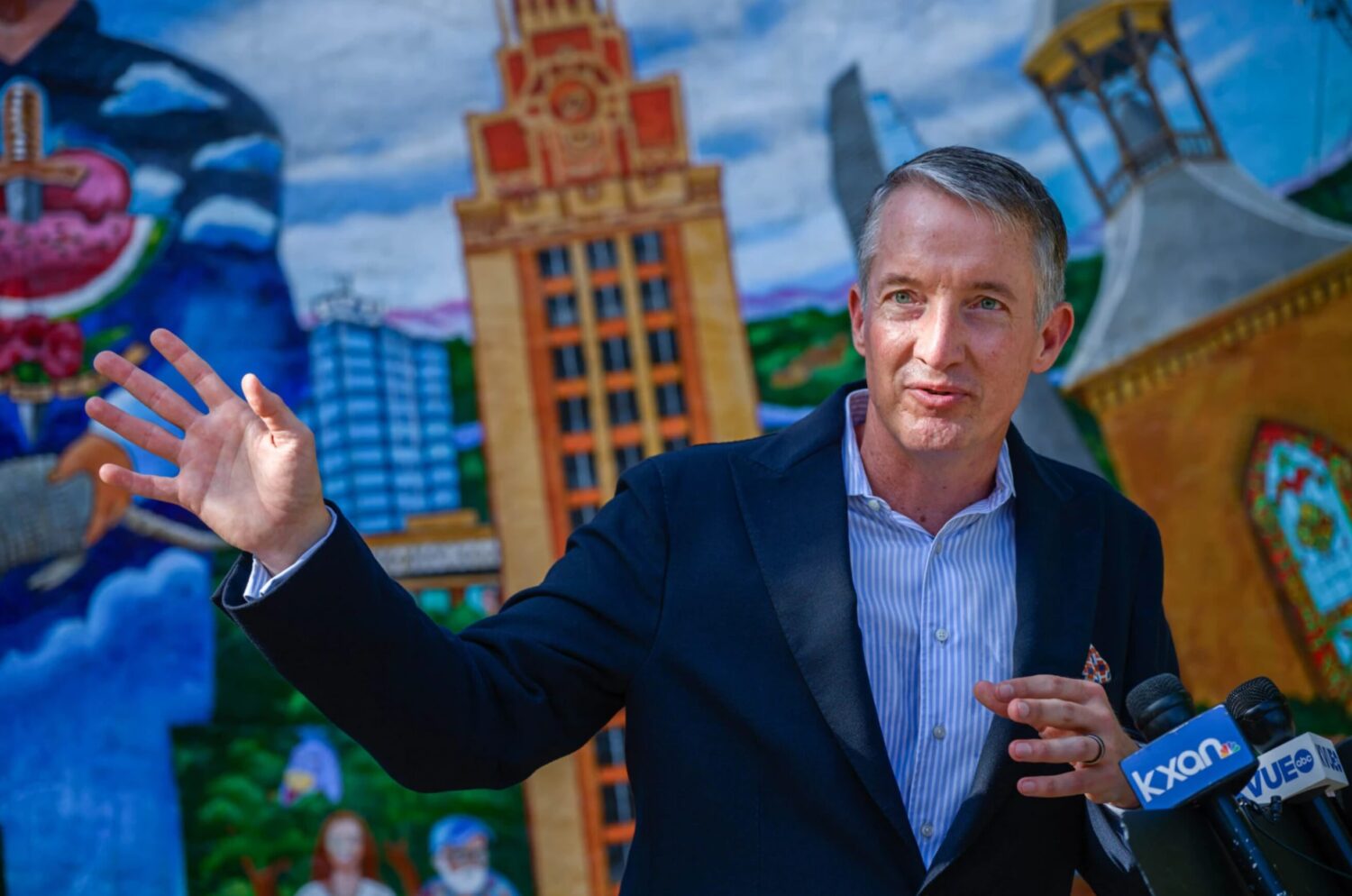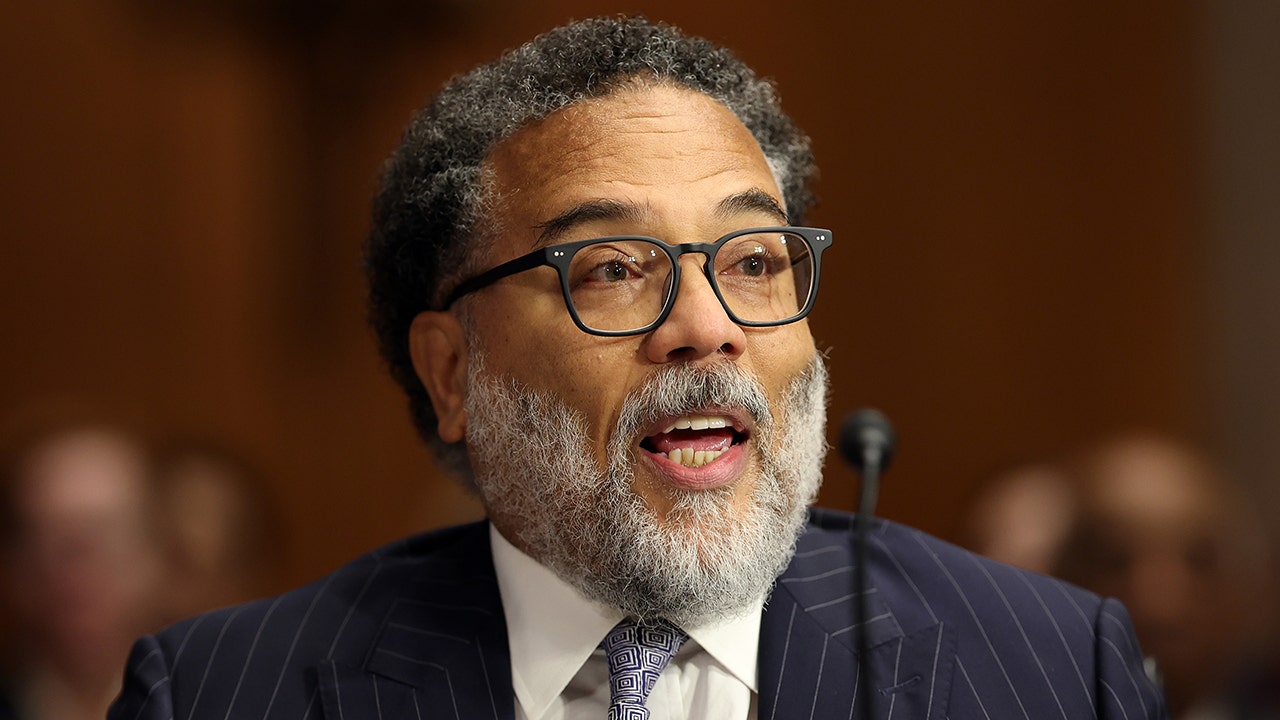Education
Yale Police to First-Year Students: Beware the Streets of New Haven

Andre Fa’aoso, an incoming first-year student at Yale, has been in the United States for 12 days. He arrived from New Zealand on his own, three suitcases in tow.
As he pulled his luggage through downtown New Haven, Conn., a woman handed him a flier describing his new city as crime-ridden and dangerous. It listed alarming local crime statistics and instructed students to “remain on campus,” “avoid public transportation” and “stay off the streets after 8 p.m.” Illustrated with a picture of the Grim Reaper, the flier wished students an ominous “Good luck.”
But perhaps most jarring was the source of the flier, listed plainly in its text: the union that represents Yale’s own campus police.
In the days since the union distributed the “survival guide” leaflets, Yale administrators and police officials have been scrambling to calm first-year students and their parents.
Anthony Campbell, the chief of the Yale Police Department, said the leaflets wrongly painted New Haven as “a war zone.”
“I am extremely hurt and sad and disgusted by the actions taken by the Yale Police Benevolent Association,” the police union, said Mr. Campbell, who once led the New Haven Police Department. “I think it is divisive and destructive for any police officer to disparage the city in which they work.”
The police union flier reported that “murders have doubled, burglaries are up 33 percent and motor vehicle thefts are up 56 percent,” in the first seven months of the year.
The numbers are accurate. But Mayor Justin Elicker called them cherry-picked and misleading. He noted that violent crime has decreased by 29.2 percent since 2020. Although homicides are up, the number of shootings has come down.
“Overall, over the past three years or so, crime is down,” he said, adding, “While the actual numbers may be accurate, they don’t present the full picture of what’s going on.”
The fliers strongly resemble pamphlets that public safety officers handed out to travelers arriving in New York City in 1975.
“Welcome to Fear City,” those fliers read, as unions representing public safety officers tried to fight layoffs.
Yale’s police union is in contract negotiations, although its lawyer, Andrew Matthews, said the fliers were not a tactic in the talks.
Instead, he said, officers in the union were likely trying to raise awareness about crime in New Haven for some of its newest residents.
“I don’t think there was an attempt to fearmonger or scare people,” he said.
Mr. Matthews, a former officer with the Yale Police Department, said the union wanted its pamphlet to stand out amid the deluge of papers that first-year students would receive.
“And without a doubt,” he said, “their pamphlet stands out.”
The town-gown relationship has long been fraught between Yale, one of the world’s most selective universities, where white students make up the largest demographic, and New Haven, which has long struggled with crime and poverty, and is majority Black and Hispanic.
Students and city residents talk about the Yale “bubble.” Jay Gitlin, a history professor who teaches the popular course “Yale and America,” called it “Fortress Yale.” Articulating the longstanding town-gown mentality, he said: “New Haven is out there; Yale is in here.”
Around campus on Thursday, few incoming Yale students appeared to accept the police union’s message.
“I thought it was quite alarmist,” said Mr. Fa’aoso, 18.
Brice June, an 18-year-old first-year student, said the flier was “tough” because he and his classmates were all in a new environment.
“Although New Haven can be a rough city, the contents on this flier are misleading,” he said in an Instagram message, “especially for someone who’s unfamiliar with the town.”
The leaflets frightened some students, and scared some of their parents.
“To be presented with a flier that says that you’re dropping your kids off in a dangerous place must have been really upsetting for some of the families,” Mr. Elicker said.
Mike Lawlor, a professor at the University of New Haven who is also a New Haven police commissioner, said that New Haven’s challenges mirror those of other American cities.
“If you’re trying to paint a picture of crime out of control, it’s not at all accurate,” he said, adding, that the crime rate is “lower than it was 10 to 15 to 20 years ago, that’s for sure.”
Mr. Campbell, Yale’s police chief, said the fliers could do harm to campus safety, and to the department’s reputation.
“When you see, from the day you’re moving in, that the police department doesn’t have its house in order, then you start saying: ‘Well, can I even count on you to tell me the truth and to really keep me safe?’” he said.

Education
Video: Several Killed in Wisconsin School Shooting, Including Juvenile Suspect

new video loaded: Several Killed in Wisconsin School Shooting, Including Juvenile Suspect
transcript
transcript
Several Killed in Wisconsin School Shooting, Including Juvenile Suspect
The police responded to a shooting at a private Christian school in Madison, Wis., on Monday.
-
Around 10:57 a.m., our officers were responding to a call of an active shooter at the Abundant Life Christian School here in Madison. When officers arrived, they found multiple victims suffering from gunshot wounds. Officers located a juvenile who they believe was responsible for this deceased in the building. I’m feeling a little dismayed now, so close to Christmas. Every child, every person in that building is a victim and will be a victim forever. These types of trauma don’t just go away.
Recent episodes in Guns & Gun Violence
Education
Video: Biden Apologizes for U.S. Mistreatment of Native American Children

new video loaded: Biden Apologizes for U.S. Mistreatment of Native American Children
transcript
transcript
Biden Apologizes for U.S. Mistreatment of Native American Children
President Biden offered a formal apology on Friday on behalf of the U.S. government for the abuse of Native American children from the early 1800s to the late 1960s.
-
The Federal government has never, never formally apologized for what happened until today. I formally apologize. It’s long, long, long overdue. Quite frankly, there’s no excuse that this apology took 50 years to make. I know no apology can or will make up for what was lost during the darkness of the federal boarding school policy. But today, we’re finally moving forward into the light.
Recent episodes in Politics
Education
Video: Los Angeles Bus Hijacked at Gunpoint

new video loaded: Los Angeles Bus Hijacked at Gunpoint
transcript
transcript
Los Angeles Bus Hijacked at Gunpoint
The person suspected of hijacking a bus which killed one person, was taken into custody after an hourlong pursuit by the Los Angeles Police Department early Wednesday morning.
-
“Get him.”
Recent episodes in Guns & Gun Violence
-

 Business7 days ago
Business7 days agoThese are the top 7 issues facing the struggling restaurant industry in 2025
-

 Culture7 days ago
Culture7 days agoThe 25 worst losses in college football history, including Baylor’s 2024 entry at Colorado
-

 Sports6 days ago
Sports6 days agoThe top out-of-contract players available as free transfers: Kimmich, De Bruyne, Van Dijk…
-

 Politics5 days ago
Politics5 days agoNew Orleans attacker had 'remote detonator' for explosives in French Quarter, Biden says
-

 Politics5 days ago
Politics5 days agoCarter's judicial picks reshaped the federal bench across the country
-

 Politics3 days ago
Politics3 days agoWho Are the Recipients of the Presidential Medal of Freedom?
-

 Health2 days ago
Health2 days agoOzempic ‘microdosing’ is the new weight-loss trend: Should you try it?
-

 World7 days ago
World7 days agoIvory Coast says French troops to leave country after decades













